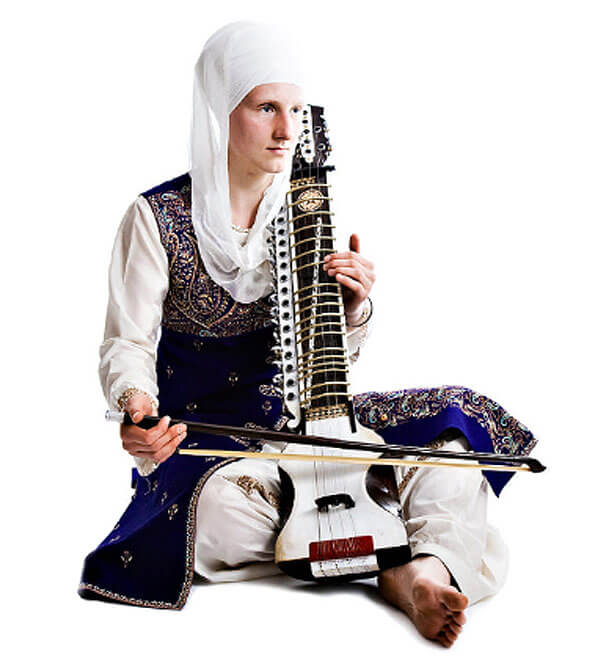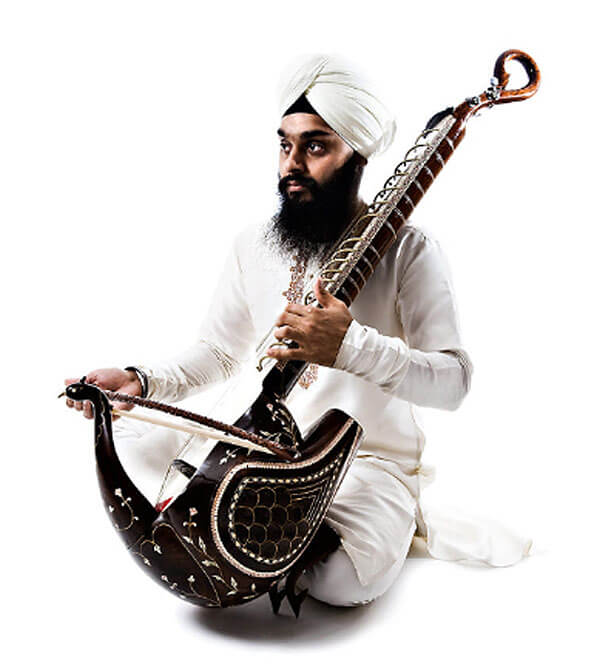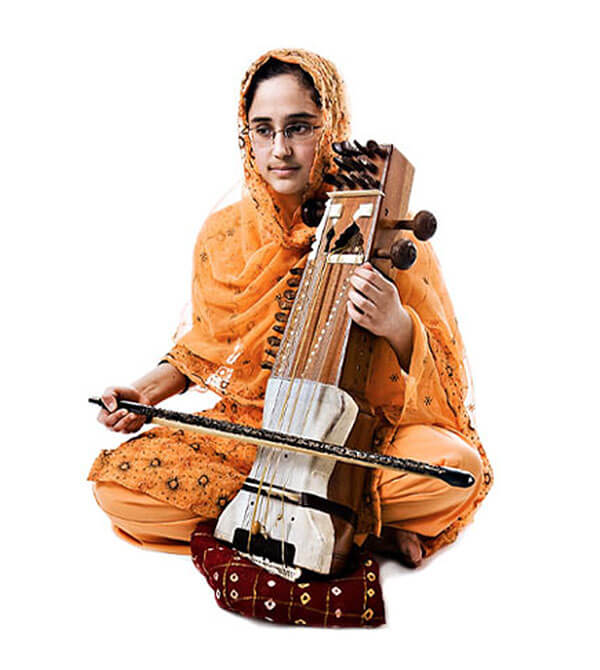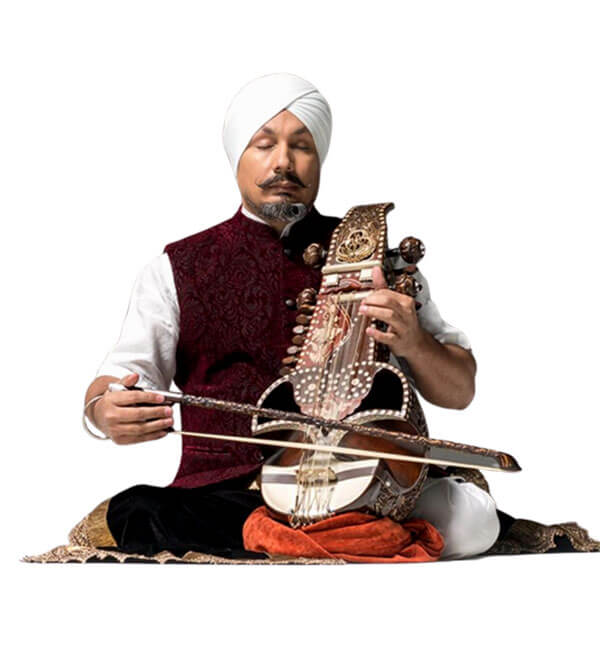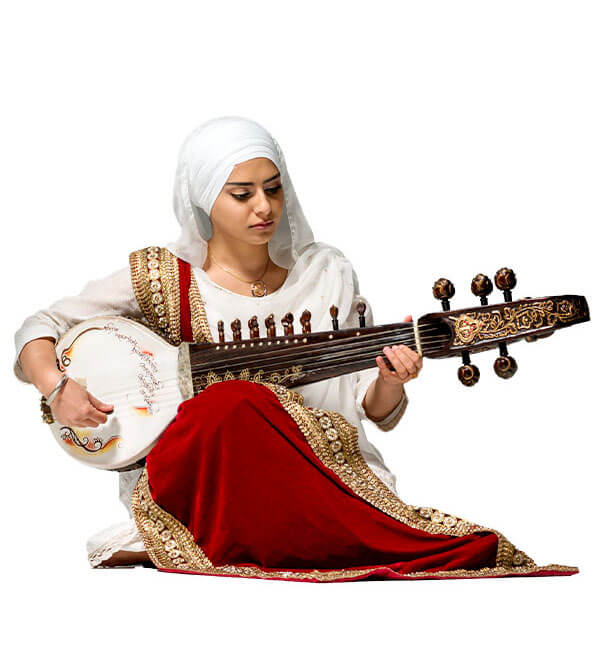Instruments → Jori
Jori

WOOD
Made with the finest wood
BRIDGE
N/A
SKIN
N/A
STRINGS
N/A
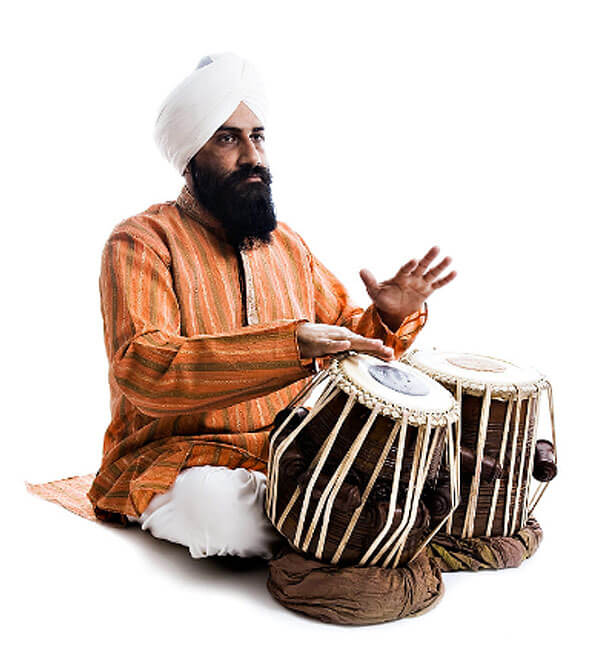
Balancing Your Inner Rhythm
The Jori, also known as Panjabi Pakhawaj, was created in the court of the fifth Sikh Guru, Guru Arjan, by two musicians of the court, Satta and Balwand. The Jori emerged from the Mardang, which is a one-barrel drum. They cut this instrument into two pieces to create the Jori, which means 'pair'.
The sound of this instrument is much louder and deeper than that of the Tabla. This was a practical necessity 300 years ago, before the technology of microphones and electrical amplifiers. Thousands of people would sit and listen to Kirtan outdoors, a situation demanding versatile acoustic instruments that could carry the sound. Sadly this instrument is not commonly used for singing Kirtan today.
The world-famous Tabla evolved from the Jori during the microphone era and has routinely been used to accompany playback singing as its sound is considerably softer than that of the Jori. The Jori requires the use of fresh dough on the bass drum (dhama). The treble drum (dhaiya) has ink (shahee) on the skin. To apply and remove fresh dough for each sitting involves effort and maintenance. This was eliminated by the substitution of Tabla, which has ink on the skin of both drums.
The Tabla bass drum is made from metal, whereas both Jori drums are made of tun wood, which is classed as the best quality wood for musical instruments.
Social
Be the movement
Receive updates on events, courses, and meditations.
© 2024 Raj Academy Conservatoire
Registered 501(c)(3) non-profit organisation in the USA (EIN 30-0793084) and a not-for-profit company limited by guarantee in the UK (company number 07074898).
Privacy & Policy | Terms & Conditions | All Prices are in $USD
